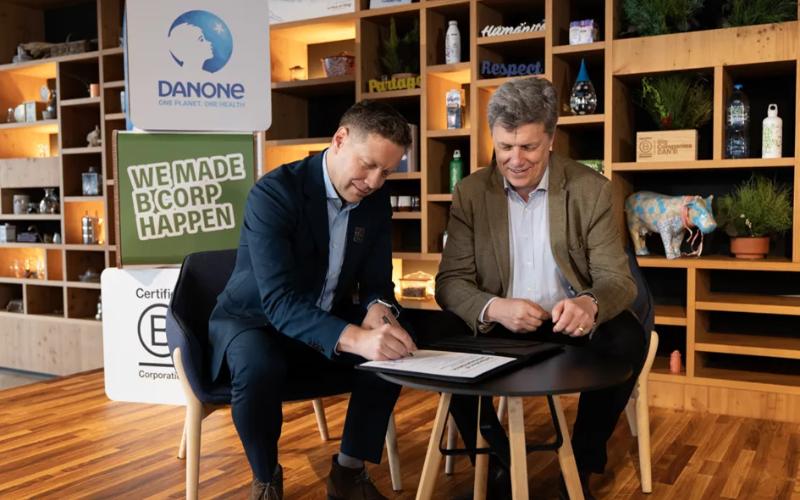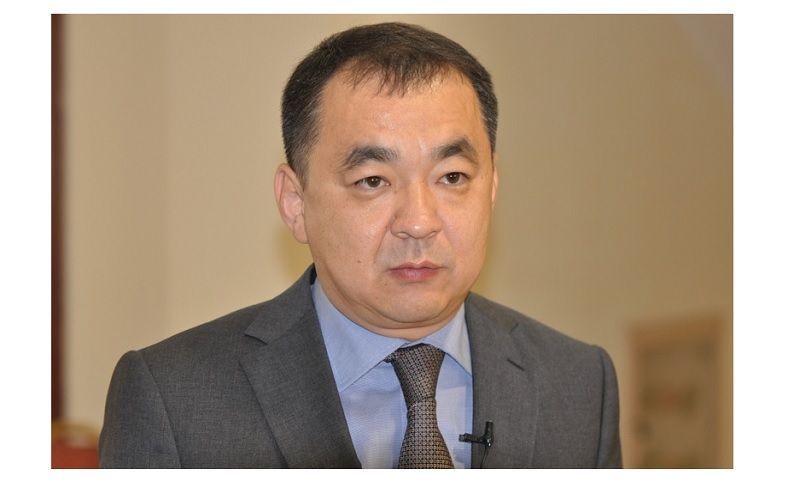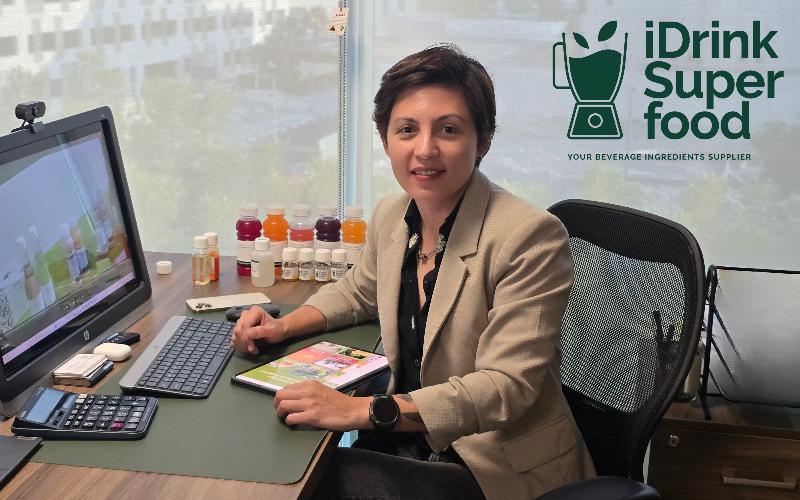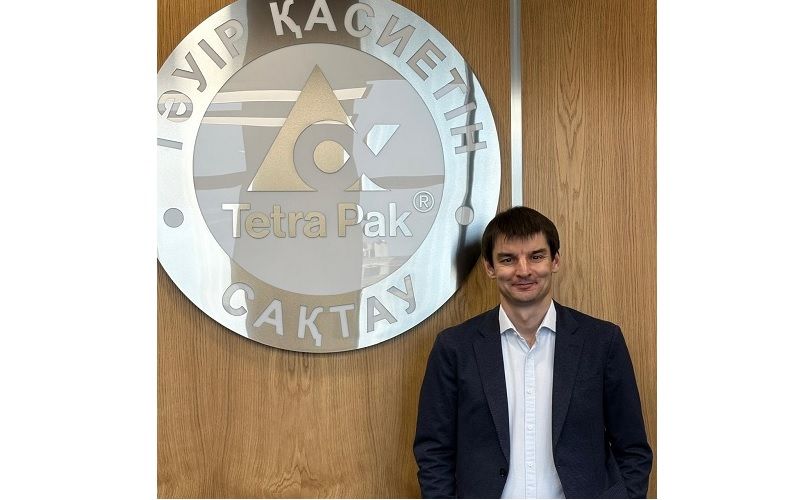Uzbekistan Bets on Next-Generation Dairy Farms
During the Dairy Olympics in the UAE, Shahzodboy Juraboyev, CEO of Mega Milk Business LLC (Uzbekistan), presented a modern vision for the development of the dairy industry in Uzbekistan. He shared insights on building an automated farm and analyzed key market trends in the region.

According to Juraboyev, Uzbekistan, despite its relatively small territory, holds significant potential in dairy farming. Historically, livestock breeding has played an important role in everyday life, and today it is evolving into a high-tech business. Mega Milk Farm, founded in 2021 near Tashkent, spans 3 hectares, housing 500 heifers and 300 dairy cows, producing an average of 32 liters of milk per cow per day—one of the highest yields in the country.
The farm’s business model is based on European technologies, including imported breeding stock from the Czech Republic, Slovakia, and Hungary, the use of Zoetis vaccines, and an automated milking system. The farm has implemented a CRM system for monitoring animal health, utilizes feed bracelets, and actively employs drones (in partnership with Greenlights Corporation) for agricultural operations across 150 hectares.
Farm Economics and Industry Challenges
The cost of producing one liter of milk stands at $0.65—higher than in Russia and other Central Asian countries due to the high price of imported feed components such as soy and rapeseed meal. Break-even is achieved at a yield of 17.3 liters per cow per day. Despite high operating costs, demand for high-quality milk in the country continues to grow steadily.
Over 80% of milk in Uzbekistan is sold unpackaged in open markets. However, the growth of retail and increasing consumer awareness about product quality are driving a shift toward packaged milk. The Uzbek market faces a shortage of raw materials—high-quality milk for local processors. Companies like Mosofo, Lactel, and Primilk process between 200 to 300 tons per day and rely on stable supply from professional farmers.
Uzbekistan’s Dairy Market: Trends and Prospects
According to the presentation, trends in import substitution and growing consumption are encouraging industry consolidation and the expansion of production capacity. Elevated interest rates in neighboring countries open up opportunities for players from more distant regions. Meanwhile, retail is developing faster than production, creating a structural shortage of high-quality raw milk.
Juraboyev emphasized that the key to success in Uzbekistan lies in a comprehensive approach—from financing and production to sales and management. “It’s essential to stay close to the consumer, offer turnkey solutions, and build the entire value chain—from field to shelf,” he said.
Mega Milk exemplifies how even a mid-sized farm (500 heifers) can effectively leverage modern technologies and practices to build a profitable and sustainable agribusiness. The Mega Milk model reflects a new chapter in the evolution of farming in Uzbekistan—focused on efficiency, automation, and meeting the growing domestic demand.
The farm’s business model is based on European technologies, including imported breeding stock from the Czech Republic, Slovakia, and Hungary, the use of Zoetis vaccines, and an automated milking system. The farm has implemented a CRM system for monitoring animal health, utilizes feed bracelets, and actively employs drones (in partnership with Greenlights Corporation) for agricultural operations across 150 hectares.
Farm Economics and Industry Challenges
The cost of producing one liter of milk stands at $0.65—higher than in Russia and other Central Asian countries due to the high price of imported feed components such as soy and rapeseed meal. Break-even is achieved at a yield of 17.3 liters per cow per day. Despite high operating costs, demand for high-quality milk in the country continues to grow steadily.
Over 80% of milk in Uzbekistan is sold unpackaged in open markets. However, the growth of retail and increasing consumer awareness about product quality are driving a shift toward packaged milk. The Uzbek market faces a shortage of raw materials—high-quality milk for local processors. Companies like Mosofo, Lactel, and Primilk process between 200 to 300 tons per day and rely on stable supply from professional farmers.
Uzbekistan’s Dairy Market: Trends and Prospects
According to the presentation, trends in import substitution and growing consumption are encouraging industry consolidation and the expansion of production capacity. Elevated interest rates in neighboring countries open up opportunities for players from more distant regions. Meanwhile, retail is developing faster than production, creating a structural shortage of high-quality raw milk.
Juraboyev emphasized that the key to success in Uzbekistan lies in a comprehensive approach—from financing and production to sales and management. “It’s essential to stay close to the consumer, offer turnkey solutions, and build the entire value chain—from field to shelf,” he said.
Mega Milk exemplifies how even a mid-sized farm (500 heifers) can effectively leverage modern technologies and practices to build a profitable and sustainable agribusiness. The Mega Milk model reflects a new chapter in the evolution of farming in Uzbekistan—focused on efficiency, automation, and meeting the growing domestic demand.
Gold Partners
- Al Ain Farms Group
- Imperial












